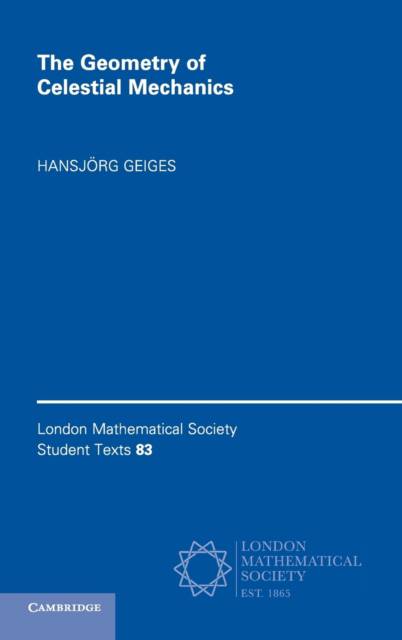
- Afhalen na 1 uur in een winkel met voorraad
- Gratis thuislevering in België vanaf € 30
- Ruim aanbod met 7 miljoen producten
- Afhalen na 1 uur in een winkel met voorraad
- Gratis thuislevering in België vanaf € 30
- Ruim aanbod met 7 miljoen producten
Zoeken
Omschrijving
Celestial mechanics is the branch of mathematical astronomy devoted to studying the motions of celestial bodies subject to the Newtonian law of gravitation. This mathematical introductory textbook reveals that even the most basic question in celestial mechanics, the Kepler problem, leads to a cornucopia of geometric concepts: conformal and projective transformations, spherical and hyperbolic geometry, notions of curvature, and the topology of geodesic flows. For advanced undergraduate and beginning graduate students, this book explores the geometric concepts underlying celestial mechanics and is an ideal companion for introductory courses. The focus on the history of geometric ideas makes it perfect supplementary reading for students in elementary geometry and topology. Numerous exercises, historical notes and an extensive bibliography provide all the contextual information required to gain a solid grounding in celestial mechanics.
Specificaties
Betrokkenen
- Auteur(s):
- Uitgeverij:
Inhoud
- Aantal bladzijden:
- 240
- Taal:
- Engels
- Reeks:
- Reeksnummer:
- nr. 83
Eigenschappen
- Productcode (EAN):
- 9781107125407
- Verschijningsdatum:
- 26/04/2016
- Uitvoering:
- Hardcover
- Formaat:
- Genaaid
- Afmetingen:
- 152 mm x 237 mm
- Gewicht:
- 458 g

Alleen bij Standaard Boekhandel
+ 305 punten op je klantenkaart van Standaard Boekhandel
Beoordelingen
We publiceren alleen reviews die voldoen aan de voorwaarden voor reviews. Bekijk onze voorwaarden voor reviews.











